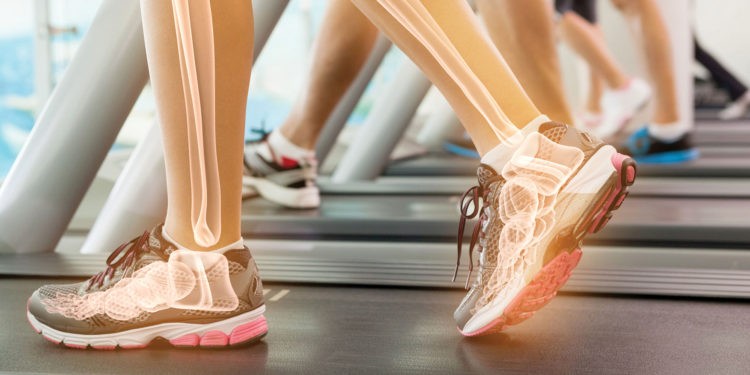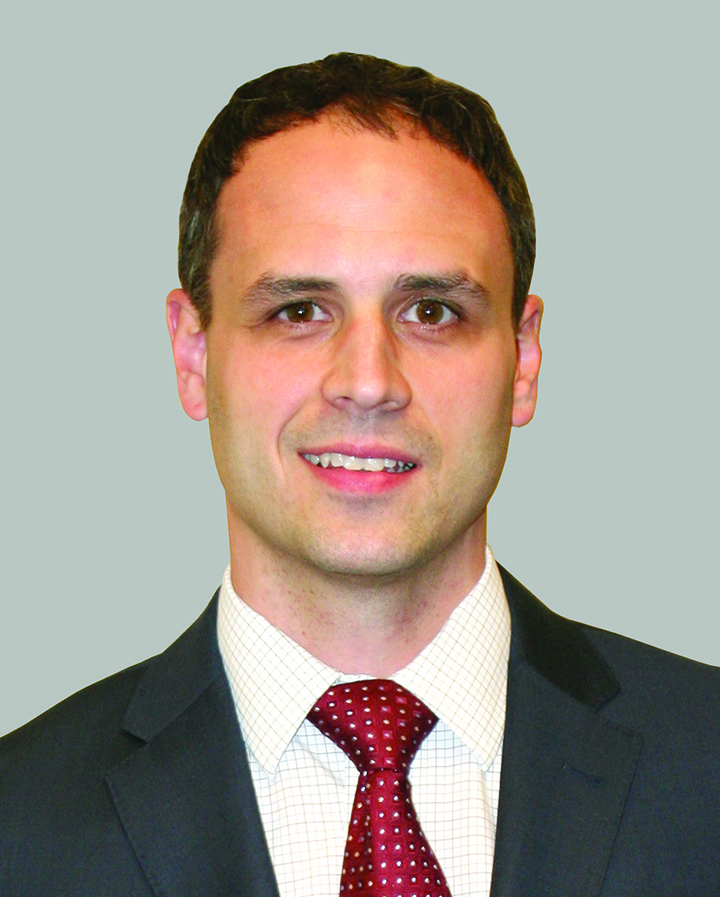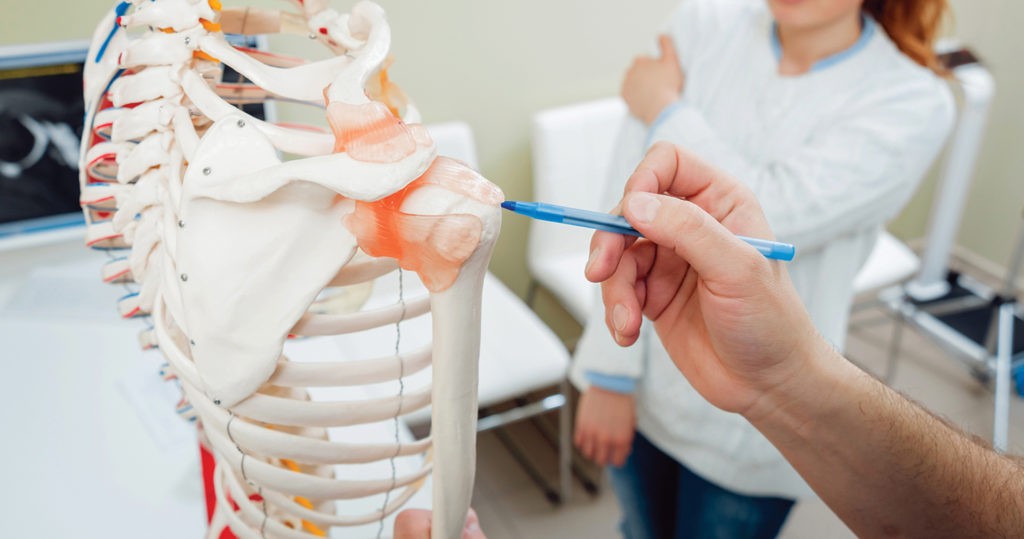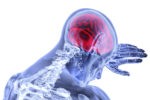Bone Health for Life

To thrive in life, you need three bones. A wishbone. A backbone. And a funny bone. And while Reba McEntire is correct in that analogy, maintaining and strengthening the over 200 bones in our body should be a priority for everyone. To bring to light how to do that and ways to combat bone disorders, Bone and Joint Action Week is held annually October 12-20 with activities focused on disorders including arthritis, back pain, trauma, pediatric conditions, osteogenesis imperfecta, fibrous dysplasia, and osteoporosis. The purpose of the week is to focus on activities to raise awareness worldwide about prevention, disease management and treatment. Bones play many roles in the body — providing structure, protecting organs, anchoring muscles and storing calcium. Building strong and healthy bones during childhood is important, but you can take steps during adulthood to protect bone health, too.

PREVENTION
There are a variety of things you can do to prevent or slow bone loss. You should include plenty of calcium in your diet. Good sources of calcium include dairy products, almonds, broccoli, kale, canned salmon with bones, sardines, and soy products. Make Vitamin D part of your diet because that is what your body uses to absorb Calcium. According to Andrew Palmisano, M.D., Rockhill Orthopaedic Specialists and the Director of Joint Replacment at St. Luke’s East Hospital, “Bone health is important for people of all ages and is a leading cause of disability worldwide. Early prevention and treatment of bone and joint conditions can decrease overall physical disability and optimize overall health.”
Daily physical activity can help prevent bone loss. Weightbearing exercises, such as walking, jogging and climbing stairs, help build strong bones and slow bone loss.

BONE DISEASES
Arthritis – Arthritis is a general term for conditions that affect the joints and surrounding tissues. Joints are places in the body where bones come together, such as the knees, wrists, fingers, toes, and hips. Two types of arthritis are: Osteoarthritis (OA) is a painful, degenerative joint disease that often involves the hips, knees, neck, lower back, or small joints of the hands. Rheumatoid arthritis (RA) is an autoimmune inflammatory disease that usually involves various joints in the fingers, thumbs, wrists, elbows, shoulders, knees, feet, and ankles.
Back Pain – Brittle bones can lead to back pain, especially after menopause. If you are experiencing lower back pain it could be from a compression fracture. The primary cause of compression fractures is osteoporosis. Several treatment options can help manage pain, but the first step towards relief is to let your doctor diagnose the cause to pinpoint the best treatment.
Trauma – Many bone fractures suffered by older patients in high-trauma events and general falls may be the result of osteoporosis, rather than the trauma itself. Another indication of increased risk of trauma is correlated to bone mineral density (BMD). Studies have found that there is a relationship between bone mineral density and incidence of high-trauma fractures.
Pediatric Conditions – There are certain leading indicators for childhood chronic diseases such as Vitamin D levels, nutritional status and exercise. Children should be seen by pediatricians and pediatric endocrinologists for common pediatric disorders such as: Cystic Fibrosis (CF), Celiac Disease (CD), Type 1 diabetes mellitus (T1DM). Early diagnosis is key for prevention and slowing bone deterioration in the child.
Osteogenesis Imperfecta – (OI) is a genetic disorder characterized by bones that break easily, often from little or no apparent trauma. In addition to broken bones, people with OI sometimes have muscle weakness or loose joints, and they often have skeletal malformations including short stature, scoliosis (curvature of the spine), and bowing of long bones.
Fibrous Dysplasia – Fibrous dysplasia is an uncommon bone disorder in which scar-like tissue develops in place of normal bone. This irregular tissue can weaken the affected bone and cause it to deform or fracture. People who have more than one affected bone typically develop symptoms before the age of 10.
Osteoporosis – Osteoporosis is a condition in which the bones become less dense and more likely to break. Fractures (broken bones) from osteoporosis can result in significant pain and disability. In the United States, more than 53 million people have osteoporosis or are at high risk due to low bone mass.
3 WAYS TO PREVENT OR TREAT BONE HEALTH
1.) Primary prevention refers to actions that prevent a disease or injury that could lead to a state of impairment.
2.) Secondary prevention refers to activities that block the progression of an existing bone disease to a disability fracture; interventions within this area are often also considered to be treatments.
3.) Tertiary prevention refers to actions that block or slow the progression of a disability (e.g., fracture) to a state of dependency. In some cases, these actions may also be considered treatments.
Bone and joint conditions are the most common cause of severe long-term pain and physical disability worldwide affecting hundreds of millions of people. The global prevalence of musculoskeletal conditions is predicted to increase greatly due to increasing life expectancy and changes in risk factors unless new treatments and preventive measures are found. Musculoskeletal conditions can lead to significant disability plus diminished productivity and quality of life.
“Bone Health is not just about medications, but also choosing a healthy diet, weight bearing exercise and weight management to promote an overall healthy lifestyle.” said Dr. Palmisano. Celebrate Bone and Joint Action Week and for more information on Dr. Palmisano call 1-833-Roc-Hill.
Sources: usbji.org, thelancet.com, boneandjointburden.org, medpagetoday.com






